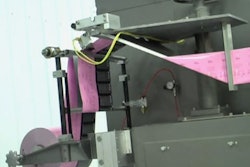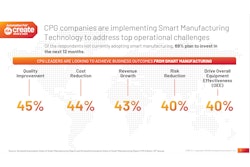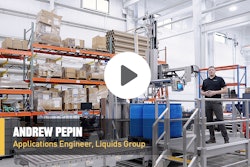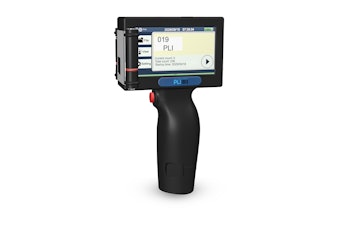Clearly, one untapped frontier in contract packaging for both cost-cutting and improved efficiencies is repacking. This service remains mostly a hand-labor function, and contract packagers that perform the work often tell me there are compelling reasons for the service, as they provide it, to remain essentially low-tech.
But PepsiCo and its supply chain, as you’ll read in our Centerpiece article, are attempting to validate that under the right circumstances, it makes sense to automate more of the repacking operation. If pending pilot test lines support PepsiCo’s hunch, the ROI will be more than worth the investment through measurable labor cost savings, significant production efficiency improvements, and substantial product-damage reductions.
Elsewhere in this issue, Chris Nutley, president of MSW Packaging, tells us, “The first thing we do after receiving product from a customer is throw away that secondary packaging. We put the corrugated into the recycling bin and then put the product into new packaging. We’ve suggested that the CPG companies develop shipping containers that could become the final package.” Success here would eliminate wasteful manufacturing steps.
Print directly on the can to eliminate the use of a label. Put your secondary packaging strategy under a microscope. Or, as Michael Potochar, supply manager, contract manufacturing, at Unilever recommends, integrate or bundle services. Many of the suggestions outlined in this issue of Contract Packaging will demand little or no upfront cost beyond a bit of planning and effort in forging a deeper buyer-seller partnership.
Tough times demand proactive measures. Re-examine every aspect of your co-packing effort. How can you eliminate waste while also gaining efficiencies and new capabilities that position you to thrive when the economy rebounds?

























